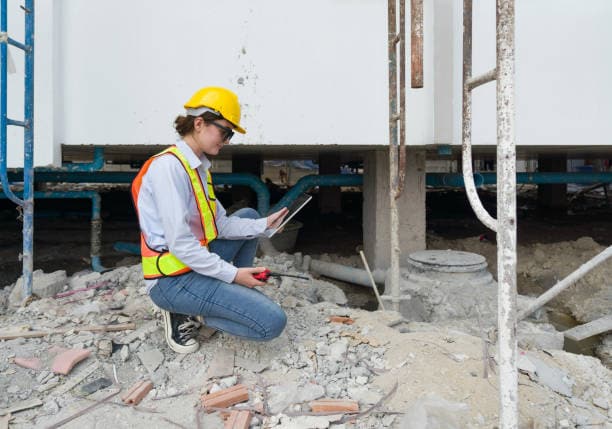
Can foundation issues lead to mold problems in the house?
In the realm of homeownership, foundation issues are often viewed as a concerning matter that can lead to a cascade of problems within a house. However, beyond structural integrity concerns, the potential for foundation issues to result in mold growth is a lesser-known yet equally pressing issue.
Understanding the intricate relationship between foundation problems and mold development is crucial for maintaining a healthy home environment. As our local pros explore the correlation between these two seemingly distinct issues, a clearer picture emerges of the hidden dangers that may lurk beneath the surface of a compromised foundation.
Foundation Issues and Mold Growth
Foundation issues can significantly contribute to the growth and spread of mold within a structure. When a building’s foundation is compromised, it can lead to water seepage and leaks, creating damp environments ideal for mold growth. Cracks in the foundation, poor drainage systems, and improper grading can all contribute to excess moisture buildup, providing the perfect conditions for mold spores to thrive.
Additionally, foundation issues can cause structural damage that disrupts the building envelope, allowing for moisture intrusion and creating hidden spaces where mold can proliferate undetected. Mold growth resulting from foundation issues poses serious health risks to occupants, as mold spores can become airborne and cause respiratory issues, allergies, and other health problems.
Addressing foundation issues promptly is crucial in preventing mold growth and safeguarding the health and integrity of the building. Regular inspections, proper maintenance, and timely repairs can help mitigate the risks associated with foundation problems and mold infestations.
Preventing Mold Due to Foundation Problems
To mitigate the risk of mold growth stemming from foundation issues, proactive measures must be taken to address and prevent potential moisture intrusion into the building structure. Proper drainage around the foundation is crucial in preventing water accumulation.
Ensure that the ground slopes away from the house to direct water flow away from the foundation. Regularly inspect and maintain gutters and downspouts to ensure they are free of debris and functioning correctly to carry water away from the building.
Additionally, sealing any foundation cracks or gaps is essential to prevent water seepage. Use appropriate sealants or waterproofing materials to seal any cracks found in the foundation promptly. Inspect the foundation regularly for any signs of damage or deterioration, such as cracks, leaks, or discoloration, and address them promptly to prevent moisture from entering the building.
Maintaining proper ventilation in crawl spaces and basements is also crucial in preventing mold growth. Ensure that these areas are adequately ventilated to reduce humidity levels and prevent moisture buildup, creating an inhospitable environment for mold to thrive. By implementing these preventive measures, the risk of mold growth due to foundation issues can be significantly reduced.